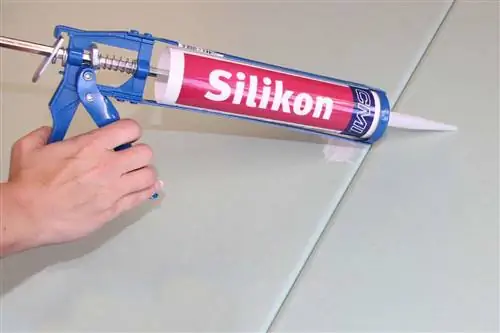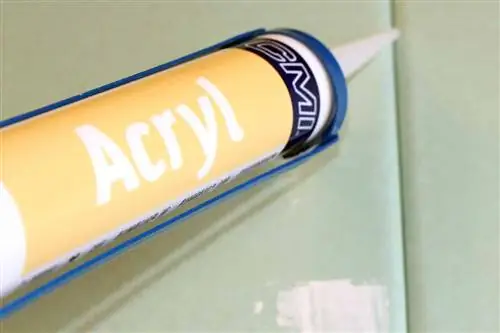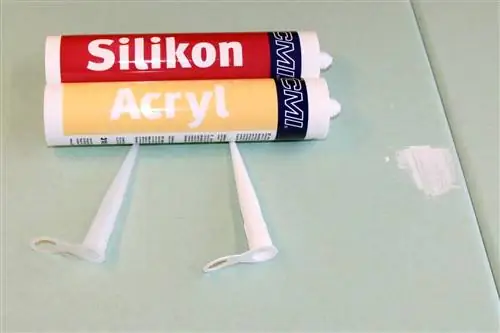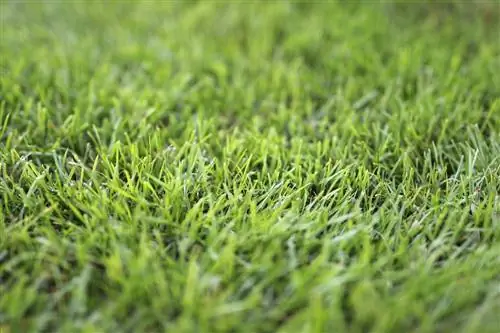- Author admin [email protected].
- Public 2023-12-17 03:39.
- Last modified 2025-01-24 12:45.
Acrylic and silicone are among the most commonly used sealants. Although they have many similarities, they differ in important ways. For this reason there are different possible uses.
Sealants
Sealants are used by professionals and hobby craftsmen for various purposes. In general, this always involves work such as backfilling or sealing. This also explicitly applies to acrylic and silicone. In general, sealants can generally be used for the following tasks:
- Filling all kinds of joints
- Filling holes and cracks
- Laminating and sealing connection points
- Repairing and compensating for subsurface defects
- Gluing light parts
Note:
Practically all sealants also have an adhesive function. However, this is much lower than with assembly adhesive, for example.
Acrylic and silicone compounds are most often used when renovating and refurbishing premises. Typical areas of application are bathrooms, toilets and kitchens. They then take on the functions that were previously handled by Kitt. This also means that both materials can also be used when installing a window pane.
Similarities and differences
Acrylic and silicone have roughly the same consistency before processing. This is largely porous. However, silicone already resembles rubber in this state, while acrylic is more reminiscent of putty.
Tip:
If it is not entirely clear which sealant you are dealing with, the smell test can help. Silicone gives off a slight smell of vinegar.
The two materials don't differ much in terms of processing either. Otherwise, there are huge differences, which then lead to different possible uses. Unlike acrylic, silicone is not water-soluble and therefore waterproof. Silicone cannot be painted over and does not yellow. Acrylic, on the other hand, can be painted over, but it can also yellow. Silicone is also very stretchy and has a longer drying time. Acrylic, on the other hand, can hardly be stretched, but dries relatively quickly.
Applications
As already indicated, the different properties of the two building materials result in different uses.
Silicone

Because of its water permeability, silicone is particularly suitable when it comes to sealing something. This is often necessary in the kitchen and bathroom areas. Since the material is also relatively weatherproof, it can also be used outdoors with relative ease. Typically silicone is used for the following work:
- Sealing the sink, hob and worktop in the kitchen
- Sealing the shower, bathtub and sink in the bathroom
- Sealing joints that are exposed to large temperature fluctuations
Acrylic

Acrylic sealants, on the other hand, are primarily suitable for use in dry conditions. Typical fields of application are:
- Filling cracks in plaster or masonry
- Compensating defects in the masonry or ceiling
- Smoothing rough, uneven surfaces






